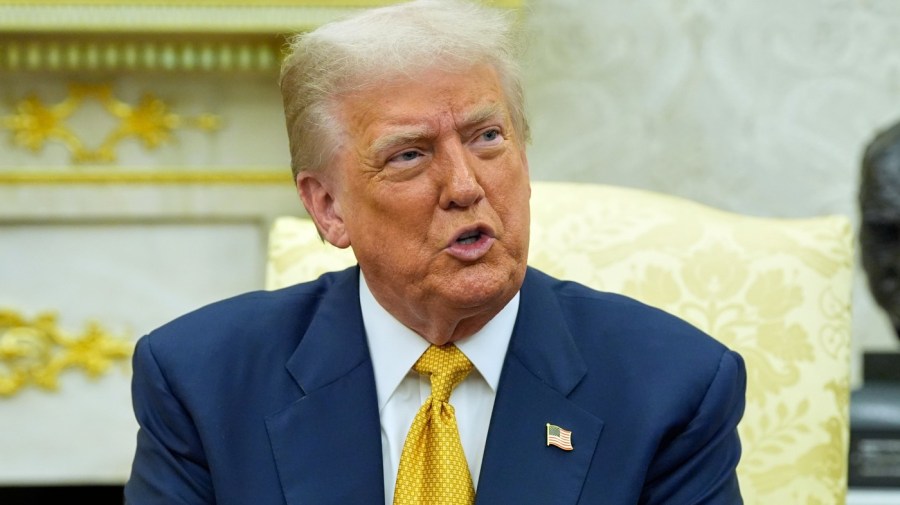What is the Presidential Fitness Test?

(NEXSTAR) — Kids, lace up your sneakers and prepare to stretch: the Presidential Fitness Test is coming back.
President Donald Trump signed an executive order Thursday to reestablish the test, which began in 1966. The President’s Council on Sports, Fitness, and Nutrition — golfer Bryson DeChambeau is serving as its chair — will be tasked with developing school-based programs that reward children’s physical education achievements, The Hill previously reported. It will also revive the dreaded-by-some fitness test.
The president “wants to ensure America’s future generations are strong, healthy, and successful,” White House press secretary Karoline Leavitt said in a statement, and that all young Americans “have the opportunity to emphasize healthy, active lifestyles — creating a culture of strength and excellence for years to come.”

Conducted in public middle and high schools, the Presidential Fitness Test was replaced in 2013 with the Presidential Youth Fitness Program, which emphasized living an active and healthy lifestyle.
Before then, the Presidential Fitness Test received some tweaks. At its core, though, were five parts meant to encourage and assess the fitness of America’s youth.
The President’s Council on Youth Fitness was started by President Dwight D. Eisenhower in 1956 after a study found youth in the U.S. trailed behind their counterparts in Europe in multiple physical fitness aspects, like sit-ups and toe touches. Efforts by the researchers eventually brought the disparity to the forefront, culminating in Eisenhower’s executive order.
President John F. Kennedy would carry the torch while reorganizing the council, according to the Department of Health and Human Services. Under President Lyndon B. Johnson, the test was formed and the Presidential Physical Fitness Award was established to recognize “children in good academic standing who scored in the upper 15th percentile on activities such as a softball throw, a broad jump, a 50-yard dash, and a 600-yard walk/run.”
While following presidents would support the council and youth fitness, the physical fitness test achieved the five-part format you may be most familiar with under President Ronald Reagan: “sit-ups; pull-ups, push-ups, or flexed-arm hang to measure upper body strength; a one-mile walk/run; a V-sit reach; and the shuttle run.” (The U.S. Marshals Service and the Secret Service currently use similar fitness tests for applying candidates.)
Along the way, presidents have tapped well-known figures, especially athletes and fitness fans, to promote the council. None may be more notable than Arnold Schwarzenegger, who even traveled to all 50 states to promote “the need for daily, quality physical education in American schools.”
Under President Barack Obama, the fitness test was replaced with the FitnessGram, which was largely similar. It entails assessing aerobic capacity through a one-mile run or a PACER test (essentially sprints from one end of a gym to another in a timed manner); muscular strength and endurance with push-ups and curl-ups; flexibility via sit-and-reach tests; body composition based on BMI; and power through a vertical jump.
Trump and the members of his council did not detail which aspects would comprise the newest fitness test, or how much of the current fitness testing will be carried over.
Current guidelines from the Centers for Disease Control and Prevention say children between the ages of 6 and 17 should do at least an hour of moderate-to-vigorous physical activity every day.
The Hill’s Brett Samuels and The Associated Press contributed to this report.

